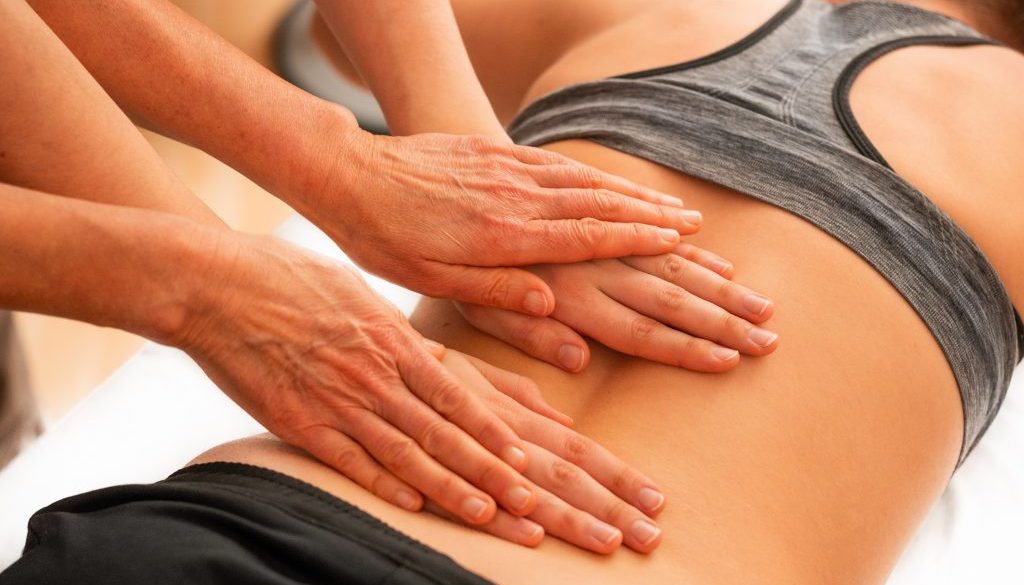Introduction: Have you ever experienced sudden, excruciating back pain while going about your daily activities? It’s a familiar scenario for many, and the statistics in the USA are staggering. According to the American Chiropractic Association, back pain affects approximately 80% of Americans at some point in their lives. Back pain doesn’t discriminate by age or profession; however, certain groups, such as those who lift heavy loads, work in constrained positions (think dentists, surgeons, waiters, chefs, hairstylists, musicians), or spend long hours behind the wheel, are at a higher risk.
The Sedentary Epidemic: A significant number of people spend their days sitting at computers or machines, lounging in front of the TV, or engaging in repetitive movements like vacuuming, ironing, or canning preserves. The result? Backs perpetually hunched, muscles gradually tensing, and pain emerging as a constant companion. Worse yet, this lifestyle can lead to permanent spinal deformities, where pressure increasingly burdens the vertebrae and discs, potentially culminating in herniated discs.
Back Pain After 40: Back pain becomes an even more common problem, particularly after the age of 40. Several factors contribute to this, including the insidious degeneration of the spinal column, which erodes the elasticity of the discs between the vertebrae, forms bony spurs, and reduces the space between the vertebrae. It’s a reminder that we need to adapt to pain as we cross the 40-year threshold. Additionally, our back muscles tend to weaken in this age-related battle, a fact many of us overlook.
Understanding the Back: The spine comprises vertebrae and discs, with muscles playing a crucial role in maintaining their proper alignment. If muscles on one side weaken, they can disrupt the spine’s stability, leading to misalignment and back pain. Poor posture, especially a hunched neck or upper back, can exacerbate these problems. So, it’s essential to check if you’re sitting correctly, with a straight back, slightly arched, and your neck properly aligned. When sitting or standing, your shoulders should be relaxed and slightly pulled back. An ergonomic chair that supports your lower back, feet flat on the floor or on a slightly angled surface, and a computer screen at eye level can make a world of difference.
Flexibility Matters: Aging can also limit our back’s range of motion, causing tension and, often, unbearable pain. With time, our bodies become like hardbound books. To counteract this, regular stretching exercises are crucial.
The Weighty Issue: Excess weight can exacerbate these problems. A protruding stomach pulls us forward, curving our spine, and compressing our discs, increasing the risk of degeneration. Moreover, obesity often comes hand in hand with muscle weakening, which is detrimental to spinal support, especially when dealing with the added weight of a beer belly.
The Herniated Disc Dilemma: Lastly, the most perilous situation of all is a herniated disc. When the fibrous ring around a disc weakens or ruptures, it can put pressure on nearby nerves, causing severe pain and even numbness or weakness in the legs.
Conclusion: Back pain is a common issue that can affect anyone, but it’s not a fate we have to accept. By understanding the factors that contribute to back pain and taking proactive steps to maintain a healthy back, we can reduce the risk and alleviate existing discomfort. Incorporating regular exercise, maintaining proper posture, staying flexible, managing weight, and seeking medical advice when needed can all contribute to a stronger, pain-free back. Remember, your back deserves the same care and attention as any other part of your body, so treat it well, and it will support you throughout your life’s journey. Your future self will thank you!
Sources:



